Discover the EUDR software and register for the webinars
Discover the EUDR software and register for upcoming webinars
Discover the EUDR software and register for the webinars
Easily and automatically assess climate risks – with scientifically validated data for all your global locations from Jupiter Intelligence, a leading global provider of physical climate risk analytics and insights.

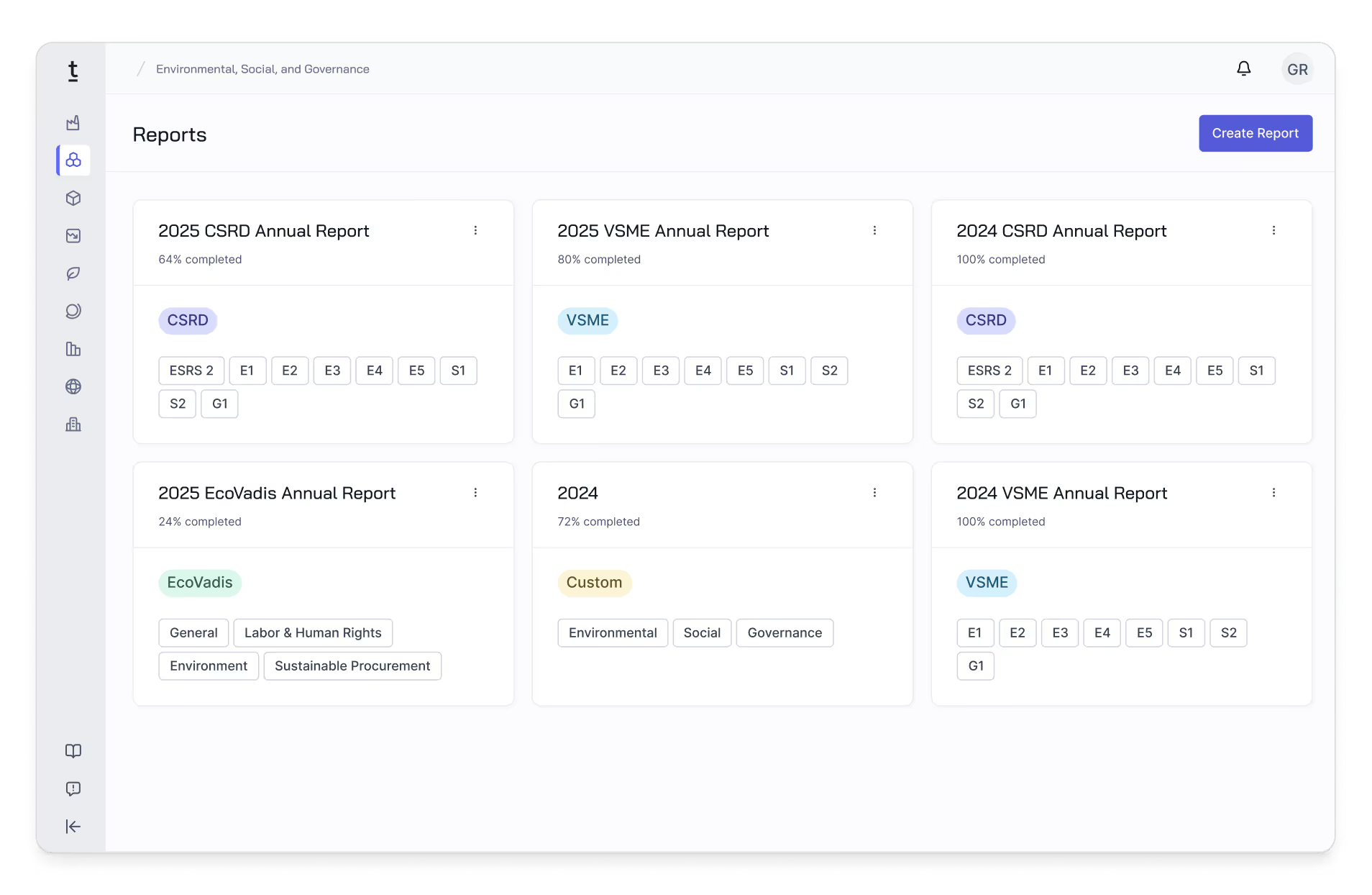
Evaluate physical climate risks according to CSRD and EU Taxonomy requirements across all company locations.
Analyze climate risks based on scientific SSP-RCP scenarios (SSP1-2.6, SSP2-4.5 & SSP5-8.5).
Identify location-specific risks such as heat, flooding, or drought, at a glance.
Use verified results directly for your Double Materiality Assessment, reporting, and external audits.






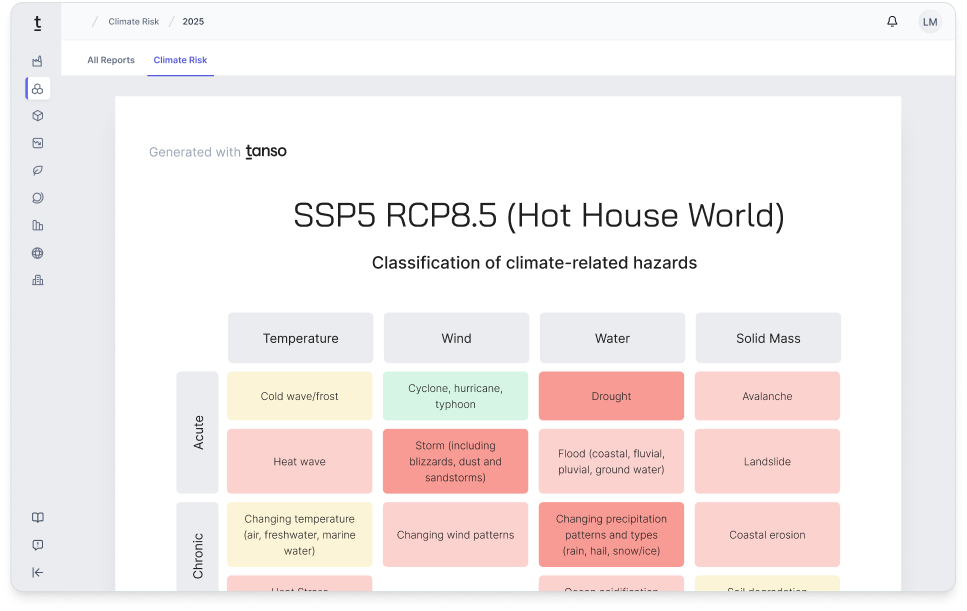

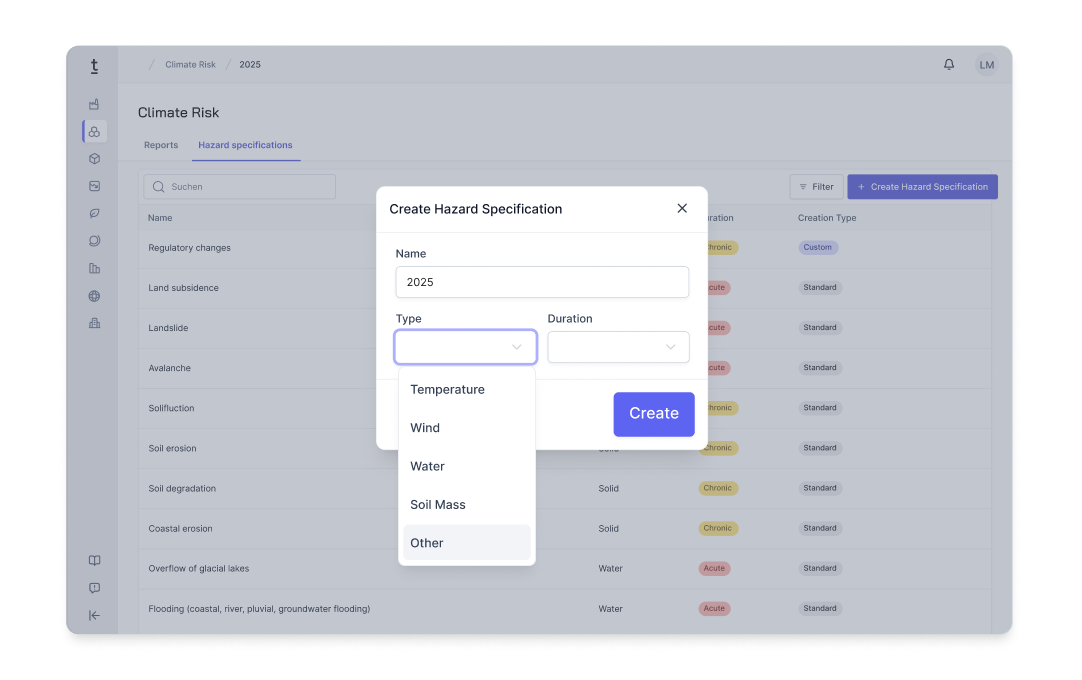

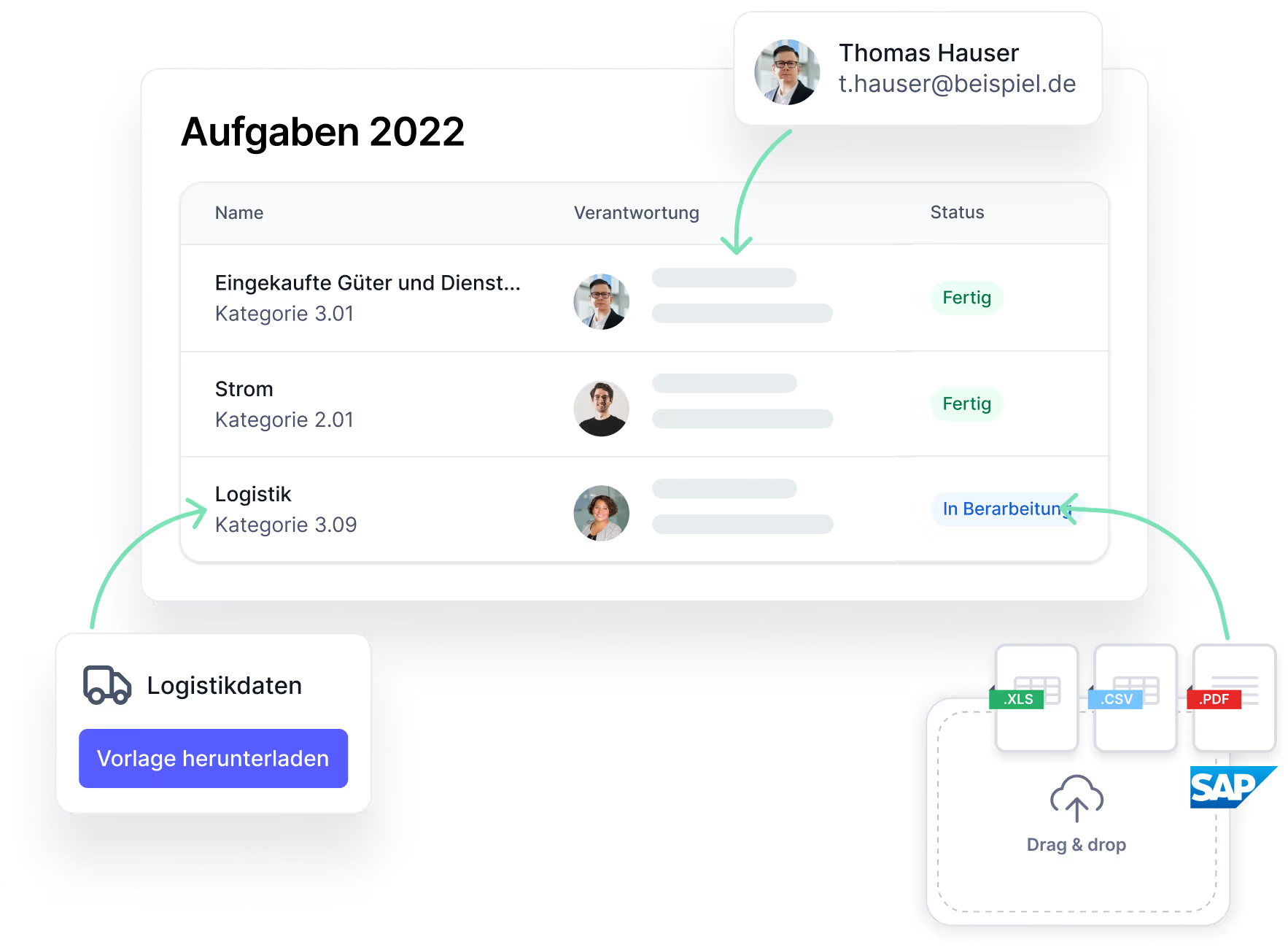
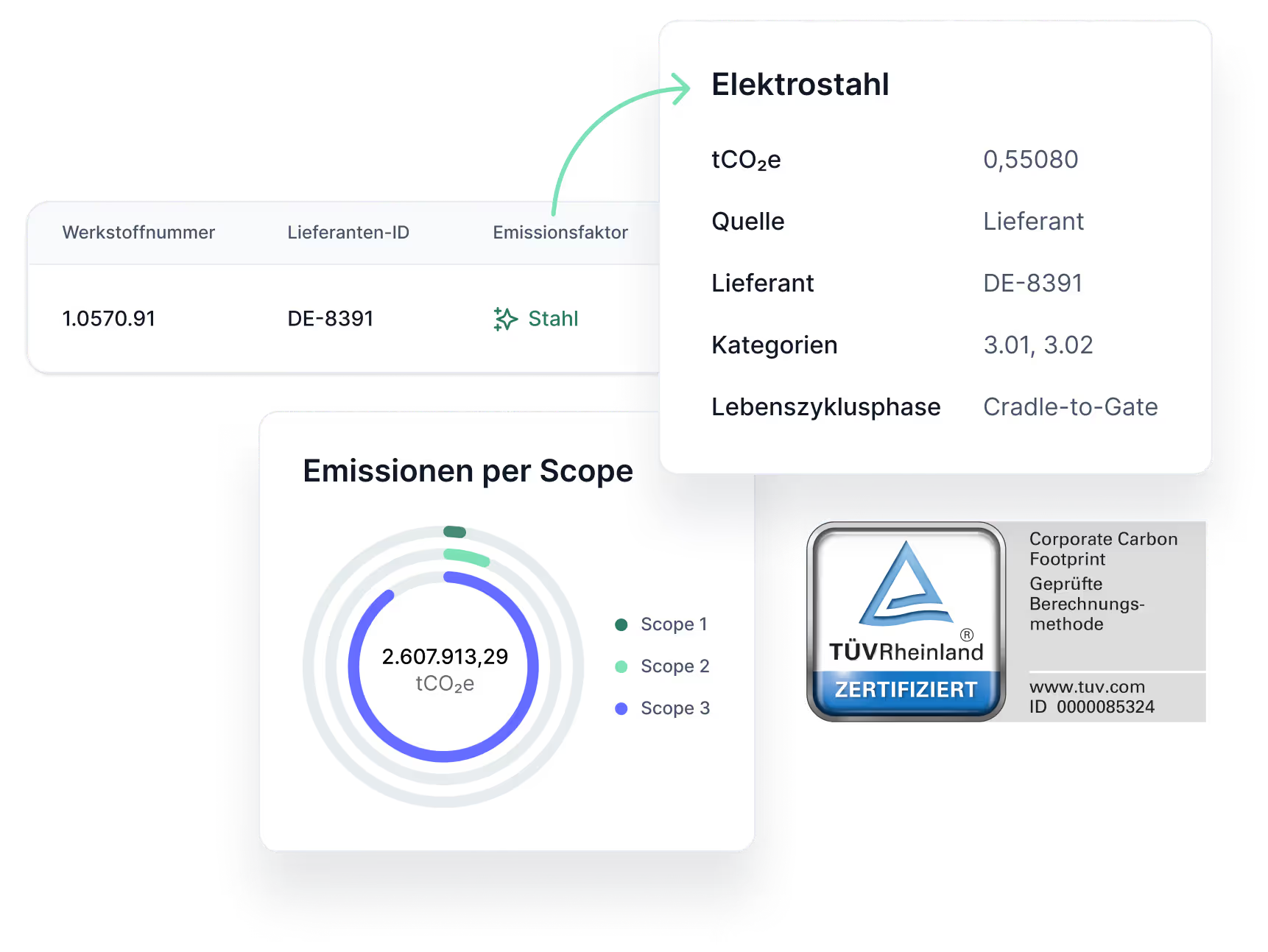







Implementation, regulatory details, and more. Find your answers here.
Through the partnership with Jupiter, Tanso currently covers physical risk assessment. The next step for companies - especially for EU Taxonomy compliance - is a resilience analysis, assessing financial exposure and adaptive capacity to these risks. Jupiter can also support this based on financial input data. Transitional risks and opportunities are currently not generated automatically.
Jupiter fully covers the 23 most relevant of the 28 physical risks defined by the CSRD. Excluded are risks with very limited data availability or insuffienctly robust scientific understanding, such as avalanches, soil degradation, or glacial lake overflows, which are typically irrelevant for most sites. Each risk assessment is based on a primary metric and several supporting indicators, allowing for deeper analysis when needed.
Yes – all results are documented and exportable in formats that meet auditor and assurance requirements.
Results can be directly integrated into your Double Materiality Assessment, CSRD report, risk management, or EU Taxonomy reporting.
Analyses cover multiple time horizons (short-, medium-, and long-term) and IPCC scenarios SSP-RCP 1-2.6, SSP-RCP 2-4.5, and SSP-RCP 5-8.5 – representing moderate to high emission pathways.
Jupiter projects future climate hazard metrics from 2020 through 2100 using the latest integrated SSP-RCP scenarios (SSP1-2.6, SSP2-4.5, and SSP5-8.5) developed for the IPCC AR6. The hazard data is generated by blending multiple, bias-corrected CMIP6 Global Climate Model (GCM) projections through sophisticated statistical downscaling to produce a consensus estimate of climate trends for flood, heat, storm, cold, precipitation, drought, hail, wikdfire and many more. This science delivers highly resolved, peril-specific risk metrics available globally on a 90-meter grid, available for time-horizons from 2020 to 2100, automatically indicating exposure on a scale from lowest to highest.
Tanso automatically retrieves site data from your existing dataset. The risk assessment runs in the background using the Jupiter model.
The module supports companies in fulfilling EU Taxonomy and CSRD obligations, particularly the requirements under ESRS E1 for climate adaptation and resilience, as well as in the context of the Double Materiality Assessment (DMA).
The climate risk analysis evaluates physical risks such as heat, flooding, or drought at your sites – based on trusted scientific data from Jupiter Intelligence.